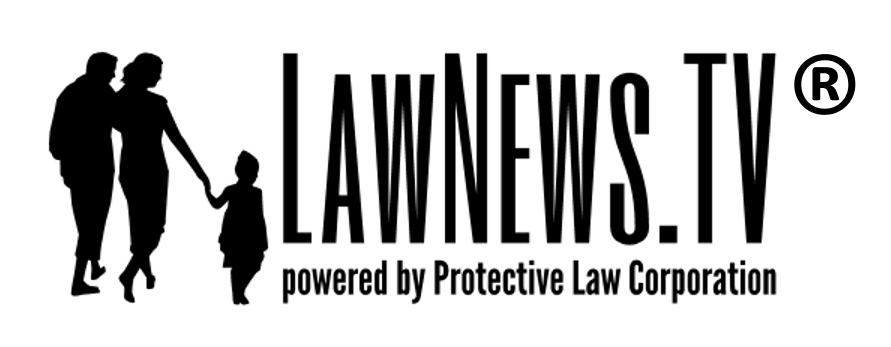 The Beneficiary Deemed Owner Trust (BDOT) is one of several options to consider for “trusted beneficiaries” (pun intended) to whom you are open to giving some access to trust income and/or principal. (Another option might be the Beneficiary Controlled Trust, if you really trust them a lot, and even then that’s often not a good path to take.)
The Beneficiary Deemed Owner Trust (BDOT) is one of several options to consider for “trusted beneficiaries” (pun intended) to whom you are open to giving some access to trust income and/or principal. (Another option might be the Beneficiary Controlled Trust, if you really trust them a lot, and even then that’s often not a good path to take.)
The BDOT option lies between two extremes in planning: either distributing everything outright with no restrictions, or designating an independent trustee with full discretion whether and when to distribute. Not that extremes are necessarily bad; often, it makes sense to include both of these extremes in planning for the same beneficiary (e.g., specific gifts outright, remainder in discretionary trust).
IRC § 678 provides in pertinent part:
(a) General rule
A person other than the grantor shall be treated as the owner of any portion of a trust with respect to which:
(1) such person has a power exercisable solely by himself to vest the corpus or the income therefrom in himself, or
Intuitively, it makes total sense that a beneficiary would be considered owner of any portion of a trust over which the beneficiary has a right to withdraw principal. Rights to withdraw principal are common, but not usually for the entire trust corpus as that would mostly eliminate the advantages of having the trust. (Cheap trust mill type trusts will often give rights to withdraw principal in stages at predetermined ages, with the right to withdraw all principal in the final stage.) And if these rights of withdrawal are released, there can be gift tax issues for the beneficiary.
But notice the language “or the income” which allows BDOT treatment merely for having a right to withdraw all taxable income (per Treas. Reg. §1.678(a)‐1 what is relevant is taxable income, not trust accounting income), without any right whatsoever to withdraw principal. Furthermore, the right to withdraw taxable income can be made to lapse periodically where the right is unexercised, and in most states including California, creditors are not likely to be able to reach the lapsed portions. Moreover, as the law evolves in various states (or devolves in creditor-friendly California), trust situs can be moved to a more protective state.
So what we have here is an opportunity for some fairly decent asset protection for the beneficiary (against creditors, predators, divorce, or simple squandering), yet at the same time there is flexibility built in where the beneficiary has the option of withdrawing taxable income if needed, or leaving it in trust where it is generally more protected.
Moreover, since the beneficiary is deemed to be the owner of the trust, there is no need to pay or spend time for preparation of a trust income tax return (form 1041).
Trust income tax rates are generally much higher than individual income tax rates and a BDOT trust, treating all taxable income as the beneficiary’s, will save on income tax since the beneficiary’s marginal income tax rate is likely much lower than the trust’s marginal income tax rate. Practically speaking, even in a discretionary trust, the trustee will typically distribute at least all of the taxable income each year to the beneficiary in order to avoid these higher tax rates on trust income, except when there are countervailing concerns such as a creditor attack, squandering, substance abuse, special needs, or simply a desire to grow wealth for the next generation. The BDOT makes sure the income is taxed at the beneficiary’s lower individual income tax rate whether or not the income is actually distributed to the beneficiary, while giving the beneficiary the flexible option of either accessing that income or leaving it in trust where it has at least some asset protection, at least after the right to withdraw the income lapses.
If the beneficiary is wealthy, the tax liability for this trust income will help reduce the size of the beneficiary’s estate and possibly reduce estate tax. If the beneficiary is not wealthy and the tax liability is a burden, the beneficiary can withdraw some of the trust income to pay the tax.
Even if the BDOT option does not make sense now, it may make sense in the future. For example, the beneficiary may have such problems now (substance abuse, creditors, possible divorce) that you would not want the beneficiary to have access to the income, but in the future once the beneficiary gets squared away, a trust protector may be appointed to grant the beneficiary the power to withdraw taxable income, thereby converting the trust to a BDOT. Such a grant could be permanent or could be temporary on an annual reviewable basis.
There are a number of other advantages possible with the flexible BDOT option. Contact us for a free design meeting to discuss these options and review your existing plan.







